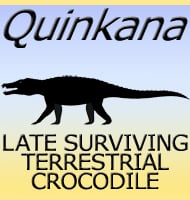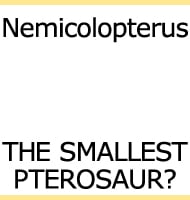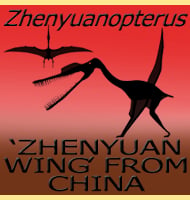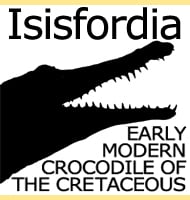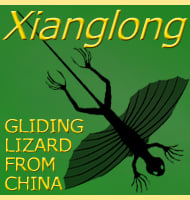Quinkana
In Depth Quinkana was one of the last surviving terrestrial crocodiles, and disappears from the fossil records as recently as forty thousand years ago. This disappearance also coincides with the disappearance of many of the large mammals from Australia and is thought to be a result of the first humans arriving on the continent. Even … Read more
